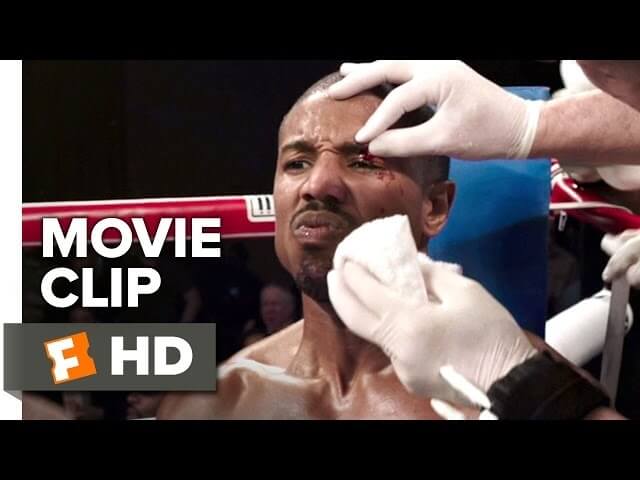Read This: Creed was a knockout victory for the humble, versatile Steadicam

In 1976, Rocky created one of the most indelible images in cinema history when Sylvester Stallone ran up the stairs of the Philadelphia Museum of Art. This journey was immortalized via Steadicam by the great Garrett Brown, the man who had invented the then-experimental device, now a much-used industry standard. Nearly 40 years later, in the sequel/spinoff Creed, cameraman Ben Semanoff was able to use the Steadicam to capture an entire boxing match in a single, four-and-a-half-minute take. Semanoff discussed this quantum leap forward in technology with Filmmaker’s Matt Mulcahey in a nuts-and-bolts article called “How They Pulled Off Creed’s Two Biggest Shots.”
In the article, Mulcahey and Semanoff break down two tricky shots from Creed. One is an extended tracking shot in which Stallone and Michael B. Jordan walk through the hallways of an arena, finally ending up in the ring itself. Filmmaker offers a moment by moment visual breakdown of the sequence:
To the average viewer, this appears to be one long, unbroken shot. But Semanoff reveals that it is actually three shots, fused together with disguised cuts. In one instance, an artificial lens flare was added in post production at the very moment the men approach the ring. In reality, the three separate shots “were way apart” in the filming schedule. They weren’t even the same place, Semanoff says.
The locker room was shot at a small stadium—I believe it’s a soccer stadium—in Philadelphia and then the point where they go into the darkness and then they come out of the darkness in the stadium, that was all shot on stage at Sun Center Studios in Philly.
But the continuous, edit-free bout between Adonis Creed (Jordan) and Leo “The Lion” Sporino (Gabe Rosado) offered no such opportunities for “cheating.” This was every bit as complicated as it appears to be and was days in the making. The process began with the crew members memorizing every second of the choreographed fight and practicing filming it with iPhones. Semanoff describes the experience of really filming the fight in front of a crowd as an adrenaline rush, but the day took a heavy toll physically. Part of that was due to the fact that the camera operator prefers a heavier, more stable Steadicam. “I went through a lot of towels that day,” he remembers.